How Invasive Species Affect Forestry and the Economy
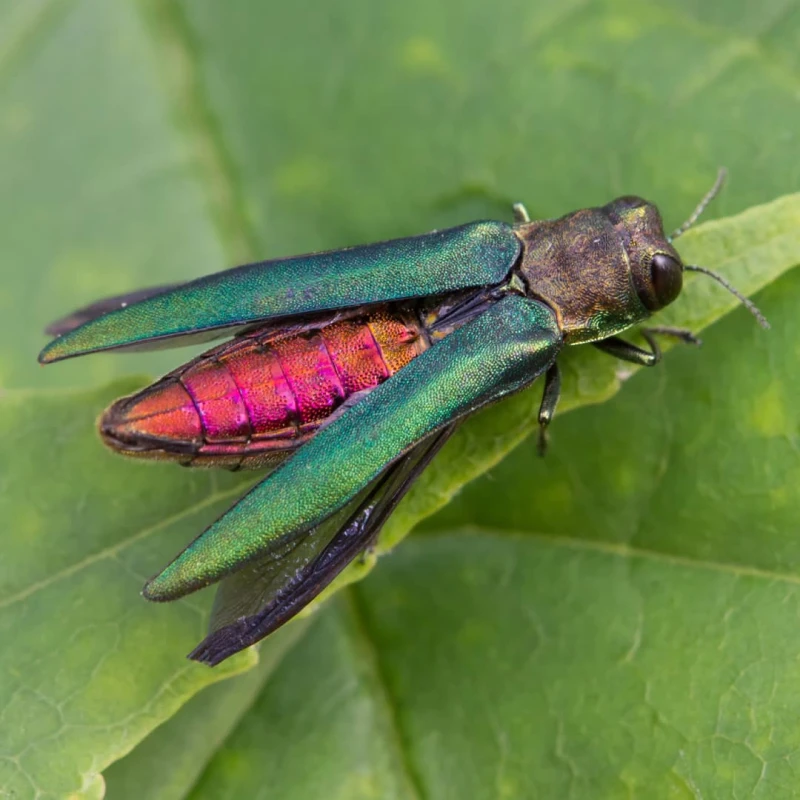
Tree Mortality
Invasive pests like the Emerald Ash Borer have devastated ash tree populations across Canada, leading to significant habitat loss and costly tree removals. Dutch Elm Disease has similarly wiped out native elm trees in many regions, reducing urban canopy cover.
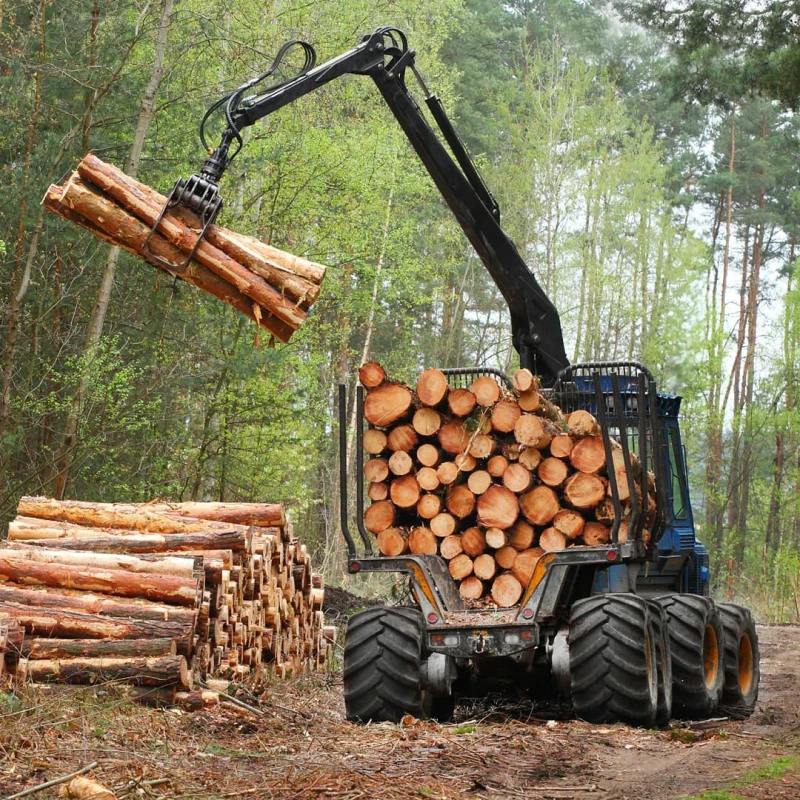
Economic Impact
In 2021, the forest sector contributed $34.8 billion to Canada’s nominal GDP1. Invasive species lead to reduced timber yields, increased management costs, and long-term threats to forest regeneration. The loss of biodiversity also affects recreation and tourism in forested areas, while also threatening the deep cultural, spiritual, and traditional connections that Indigenous communities have with these landscapes
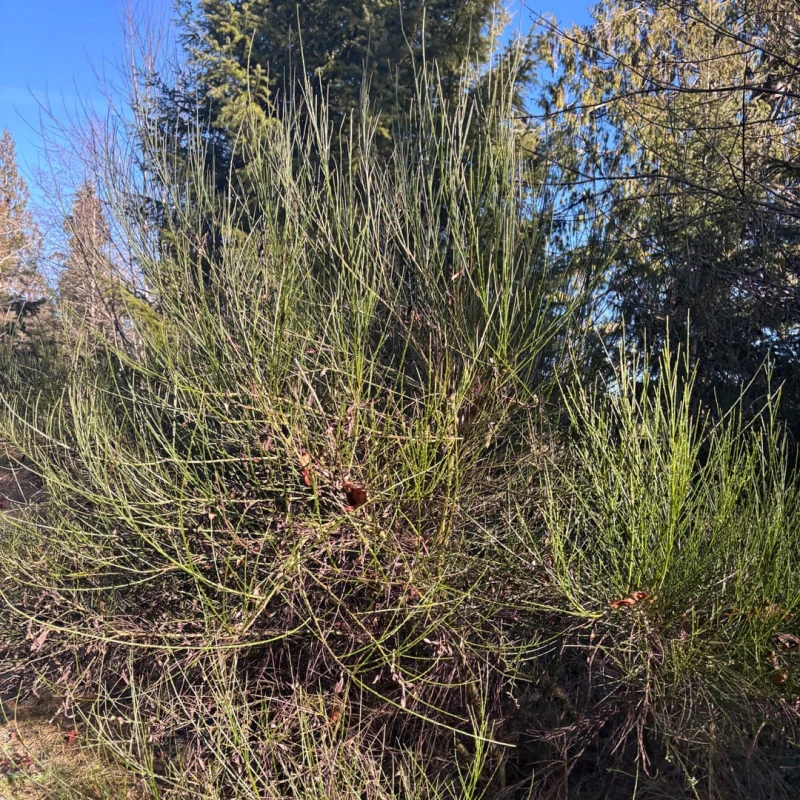
© Tate Wray via iNaturalist.org, used under CC BY 4.0.
Fire Risks and Ecosystem Disruption
Dead trees caused by invasive pests increase wildfire risks. Additionally, invasive plants like garlic mustard outcompete native understory species, disrupting food webs and reducing forest resilience.
Similarly, Scotch broom forms dense, highly flammable thickets that not only outcompete native vegetation but also amplify wildfire risks by serving as a fuel ladder from the forest floor to the canopy.
Best Practices for Forestry Professionals and Landowners
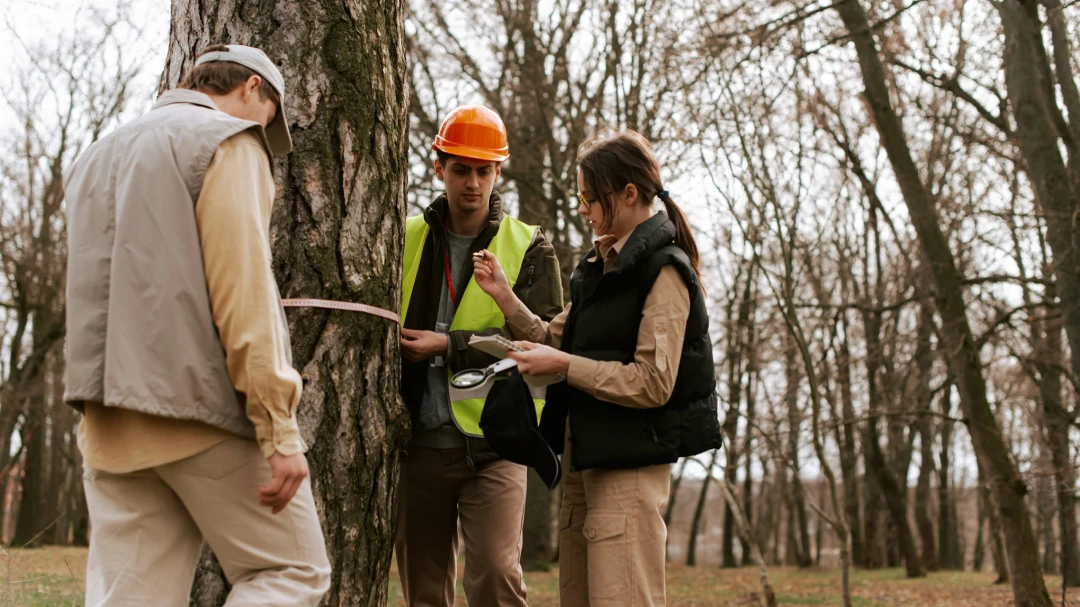
Inspect and Monitor Trees Regularly
Conduct routine inspections for signs of invasive pests or diseases. Early detection allows for faster containment and management.

Follow Quarantine Measures
Comply with regulations to prevent the spread of invasive species, such as restrictions on moving firewood between regions. Buy Local Burn Local
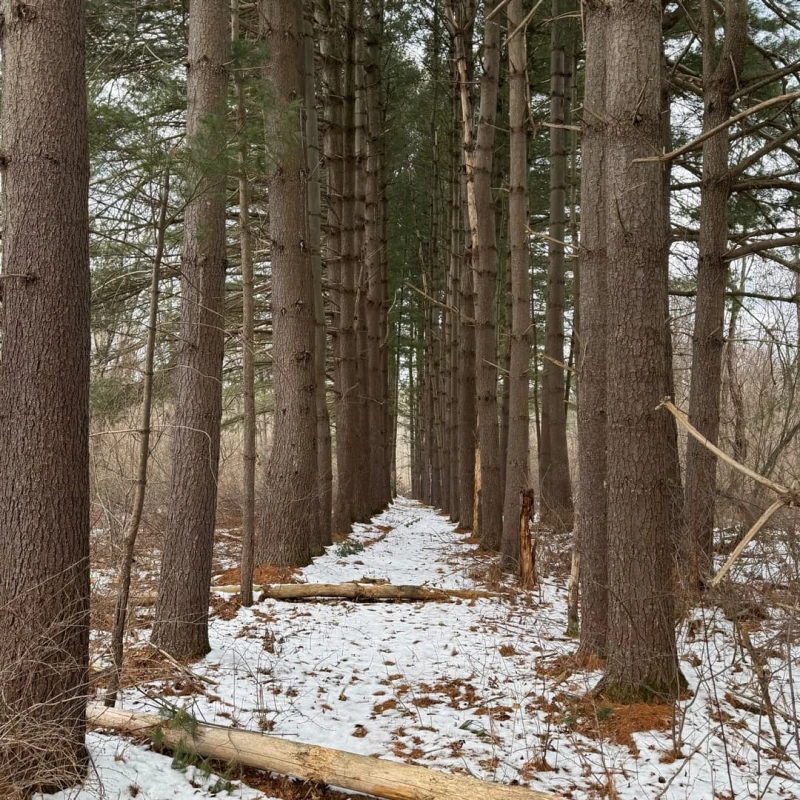
© abv7 via iNaturalist.org, used under CC BY 4.0.
Use Native Species for Reforestation
Replant forests with native species to promote biodiversity and restore native ecosystems. Effective management of invasive understory species is essential to ensure the long-term success of reforestation efforts and to reduce competition with native plants.

Support Invasive Species Programs
Engage with programs like EDDMapS or iNaturalist to stay informed about emerging threats and share data to aid national efforts.
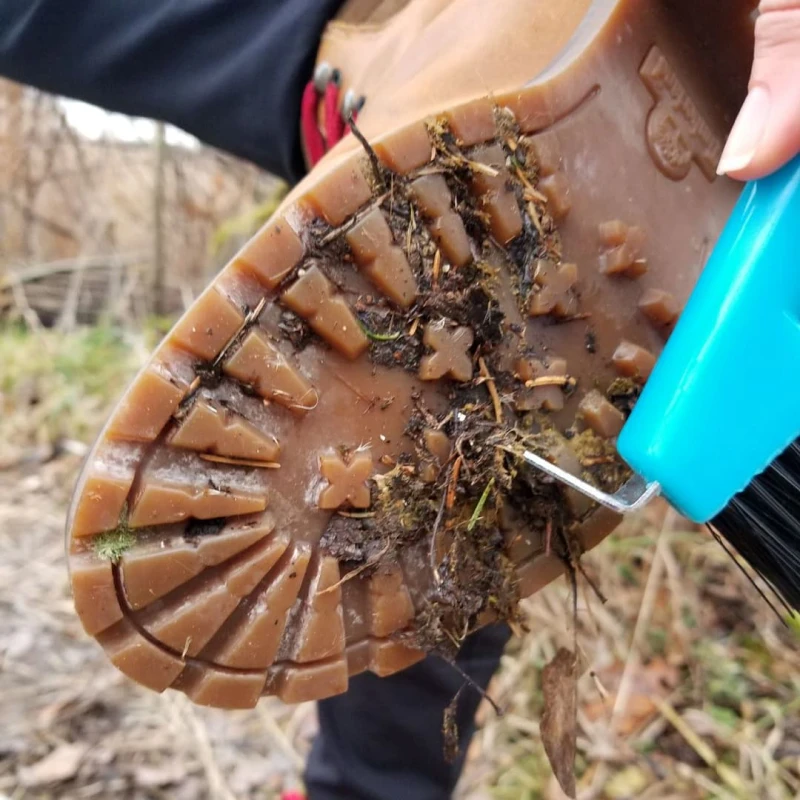
Educate Communities
Partner with local organizations to educate landowners and outdoor enthusiasts about the risks of invasive species, such as introducing pests through firewood or equipment. Introducing behaviour change campaigns such as Play, Clean, Go, and Buy Local Burn Local, and Clean Equipment Protocols to help people understand how they can participate in protecting Canada’s economy and biodiversity.
Sources:
1Natural Resources Canada
Take Action Today
Protecting Canada’s forests requires collaboration and vigilance. Inspect your property, report sightings of invasive pests to local authorities, and avoid transporting firewood to reduce the spread of tree-killing species. Together, we can preserve Canada’s forests for future generations.
